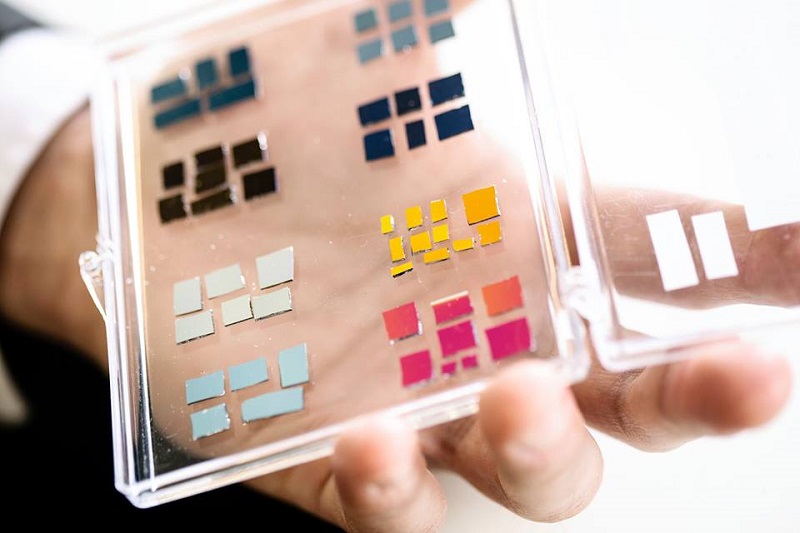-
Tips for becoming a good boxer - November 6, 2020
-
7 expert tips for making your hens night a memorable one - November 6, 2020
-
5 reasons to host your Christmas party on a cruise boat - November 6, 2020
-
What to do when you’re charged with a crime - November 6, 2020
-
Should you get one or multiple dogs? Here’s all you need to know - November 3, 2020
-
A Guide: How to Build Your Very Own Magic Mirror - February 14, 2019
-
Our Top Inspirational Baseball Stars - November 24, 2018
-
Five Tech Tools That Will Help You Turn Your Blog into a Business - November 24, 2018
-
How to Indulge on Vacation without Expanding Your Waist - November 9, 2018
-
5 Strategies for Businesses to Appeal to Today’s Increasingly Mobile-Crazed Customers - November 9, 2018
This new display tech is light on your battery
British scientists have invented a new type of touchscreen material that requires very little power to illuminate, with vivid colours and high visibility in direct sunlight. “But if you had a smartwatch or smart glass that didn’t need much power, you could recharge it just once a week”, says Dr Peiman Hosseini, an Oxford University researcher.
Advertisement
If you are still skeptical of your smartphone battery even after having it for a long time, don’t fret because a new smart glass technology that could help you preserve the battery life of your smartphone is in the works.
Today’s smartphones use mostly AMOLED and LCD screens thanks to their ability to show bright colors and video smoothly and efficiently.
The material uses electric pulses to create images using a process based on the tech used for rewritable CDs and DVDs.
“This new approach allows us to create materials which cannot only manipulate light very cleverly, but are also very cost-effective”, said Harish Bhaskaran, Associate Professor at Oxford & Founder Director at Bodle Technologies said.
Currently, Hosseini is in talks with some of the industry’s biggest brands to manufacture and supply the new technology to equip the next generation of consumer electronics. Bodle Technologies is keeping mum on the details of their invention for now, but they have raised some serious financial backing for their project.
The stacks are comprised of a single 7 nano-meter thick layer of GST sandwiched between two separate layers of transparent electrode.
“Initially, still images were created using an atomic force microscope, but the team went on to demonstrate that such tiny “stacks” can be turned into prototype pixel-like devices”, The Engineer reports.
Advertisement
If Bodle’s technology on the new display is successful, then phones would use less power for the screen. However, the way that the Oxford University spin-out is using them could have uses outside of smartphones and wearables.




























